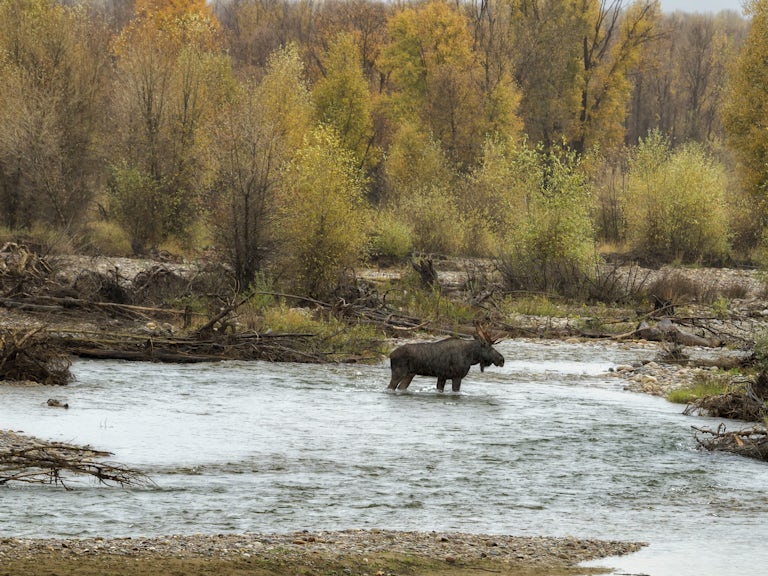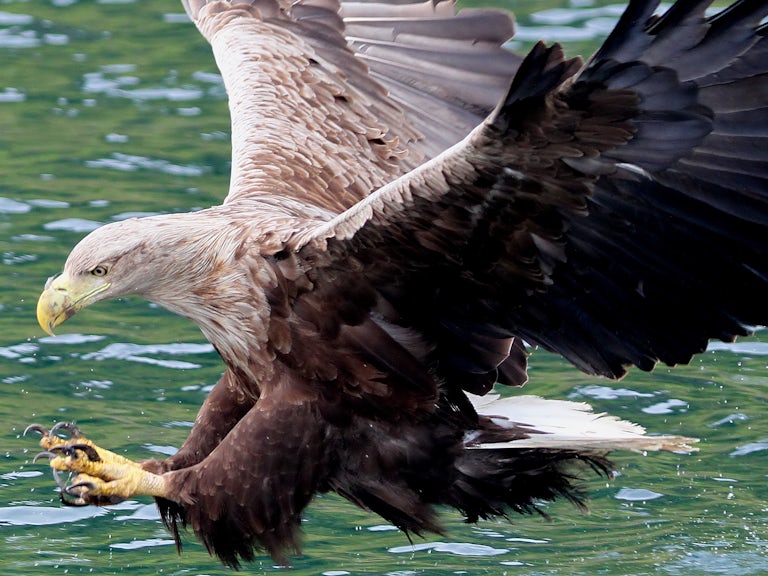White-tailed eagle
Haliaeetus albicilla
A powerful species of sea eagle and Britain’s largest bird of prey.
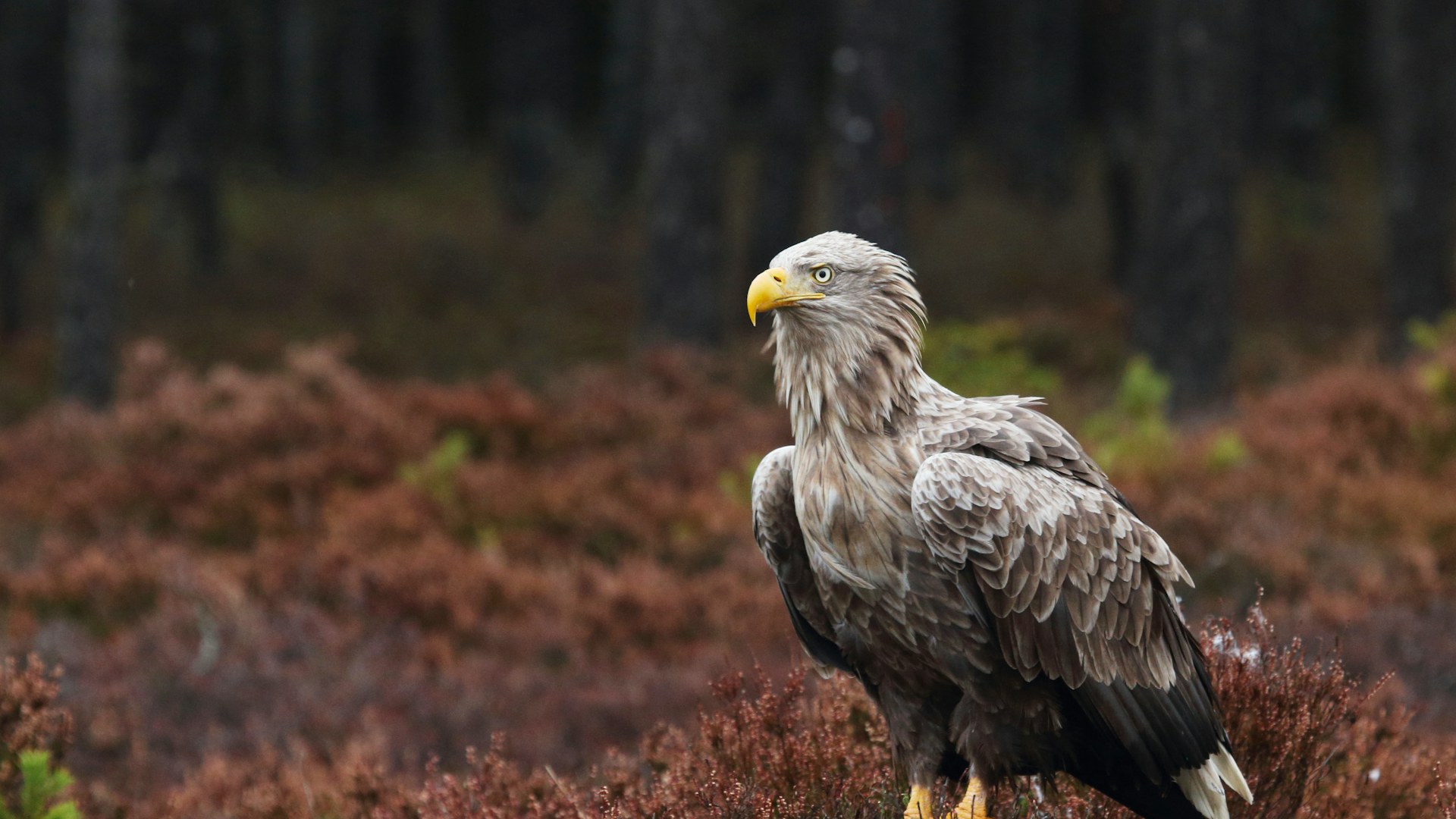
How it shapes the landscape
White-tailed eagles are a powerful predator with a diverse diet. Their prey depends on availability, season and the age of the bird, but is predominantly made up of fish, birds and smaller mammals. They’ll also feed on carrion when it’s available. Apex predators such as white-tailed eagles play a crucial role in ecosystem dynamics, limiting the populations of their prey species and in turn affecting the species on which the prey depends. They also play a vital role in nutrient cycling, moving nutrients between marine and terrestrial ecosystems.
Where it likes to be
White-tailed eagles live adjacent to freshwater or saltwater habitats. They need tall trees or cliffs for nesting, and ideally because of the problems they’ve historically faced in Britain these birds need to remain safe from both poaching and pesticide use.
How much space they need
White-tailed eagles have a territory size that spans thousands of hectares and includes large bodies of water. Successful reintroduction therefore depends on public engagement and the agreement of multiple landowners to support any project.
Can we have them in Britain?
Despite two failed attempts in the 50s and 60s, Britain’s largest bird of prey was successfully reintroduced to Rum in 1975 and has since spread along the west coast of Scotland. The birds were brought over from Norway in two stages (1975 and 1985) and in 1983 white-tailed eagles bred for the first time in Britain for more than 70 years. In 2007, further white-tailed eagles were introduced from Norway to the Scottish east coast. Today, there are an estimated 152 pairs of white-tailed eagles in Scotland.

A 2022 study by the RSPB into the economic benefits that white-tailed eagles bring to Mull found that tourism inspired by these majestic birds of prey accounts for between £4.9 million and £8 million of spending every year.
This money supports between 98 and 160 full-time jobs on the island, and between £2.1 million and £3.5 million of local income annually.
RSPB Study: White-tailed eagles bring tourism boost to Mull
In England, reintroduction attempts have tended to fail for political reasons rather than due to ecological issues. However, a project is now underway on the Isle of Wight with the Forestry Commission and the Roy Dennis Wildlife Foundation. Six birds were introduced in 2019 as part of a long-term project to reestablish the species, and the first bird successfully fledged in 2023.
Across the border, Eagle Reintroduction Wales is in the final stages of a multi-year feasibility study on a proposed reintroduction of the bird to southeast Wales and the wider Severn estuary.
In Summary
- Went extinct in Britain due to egg collecting, persecution, habitat loss and pesticide use, but has been successfully reintroduced to the west coast of Scotland.
- White-tailed eagles have had many names throughout history, including the Gaelic name iolar sùil na grèine, which means ‘eagle of the eye of the sun’.
- When hunting over water, they will fly low and then hover before snatching a fish with their impressive claws.
- Can sit still for hours in trees or on crags.
- Easily identifiable, as they are one of only two species of eagle in Britain and have a distinctive white tail (the other being the golden eagle, which is found in Scotland).
- The diet of the white-tailed eagle is opportunistic and includes fish, birds and smaller mammals including the invasive species mink, as well as carcasses.
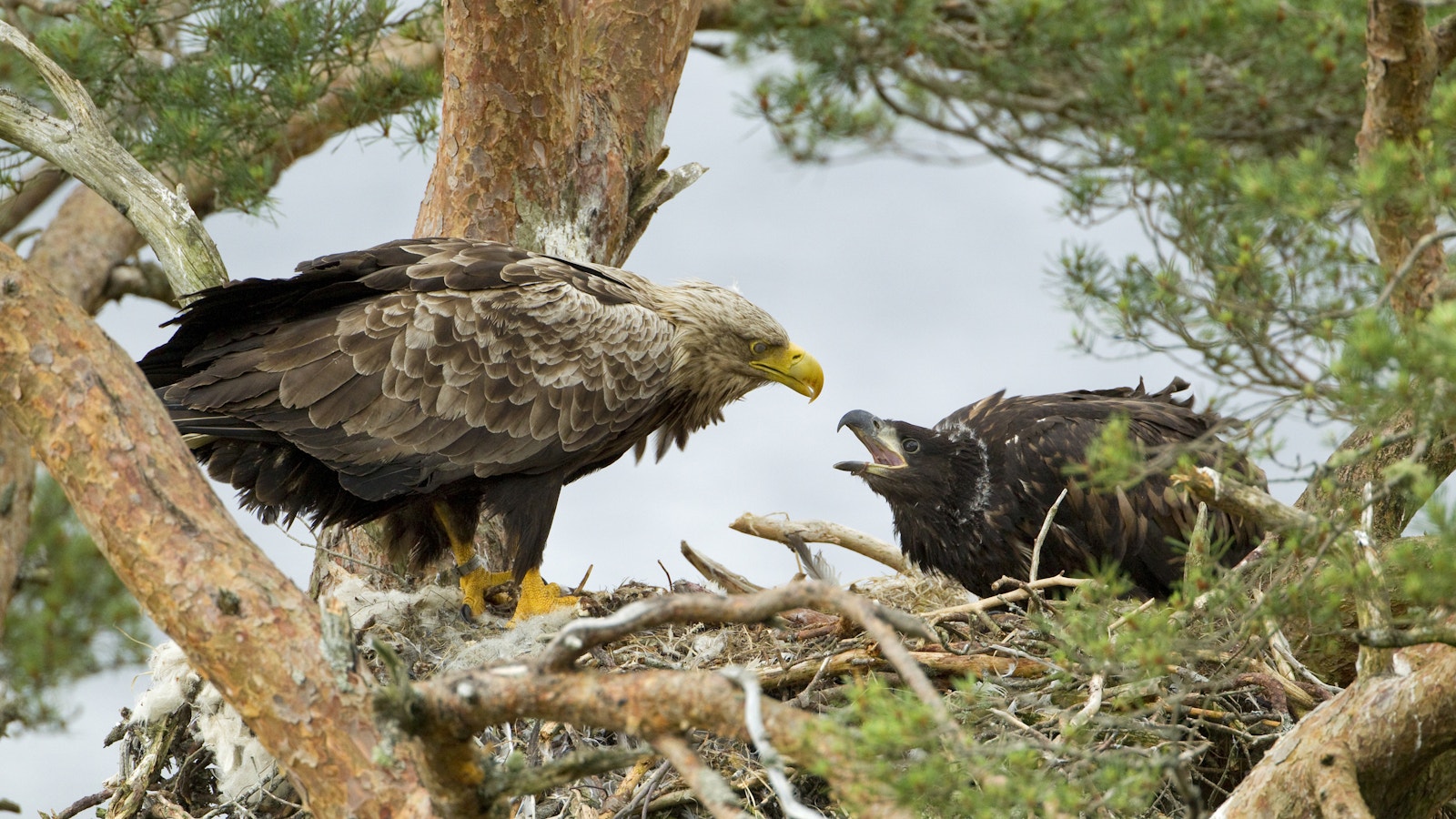
Rewilding in action
Species like the white-tailed eagle are the missing puzzle piece for many ecosystems across Britain.
Find out about the projects reintroducing Britain’s largest bird of prey by searching the Rewilding Network map using the species filter.

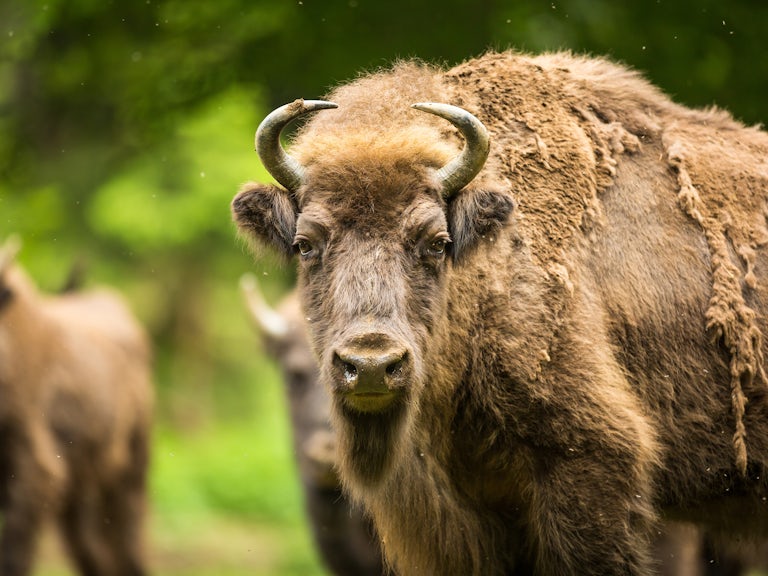
Donate
Nature and climate are in crisis. Rewilding brings hope. Be part of the solution.
Make a donation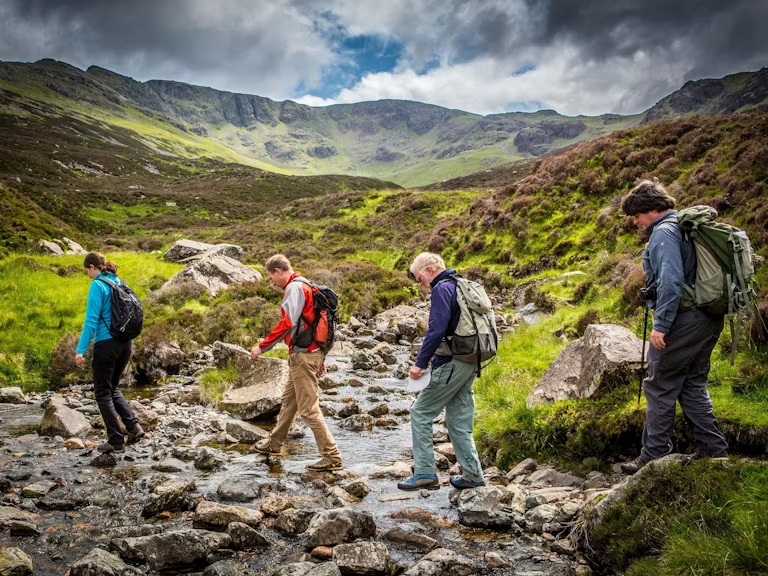
Visit a rewilding project
See rewilding in action at Rewilding Network member projects.
Plan a wild day out